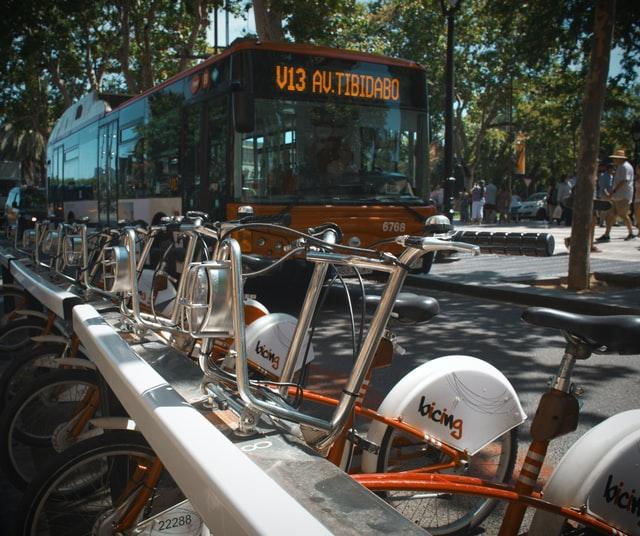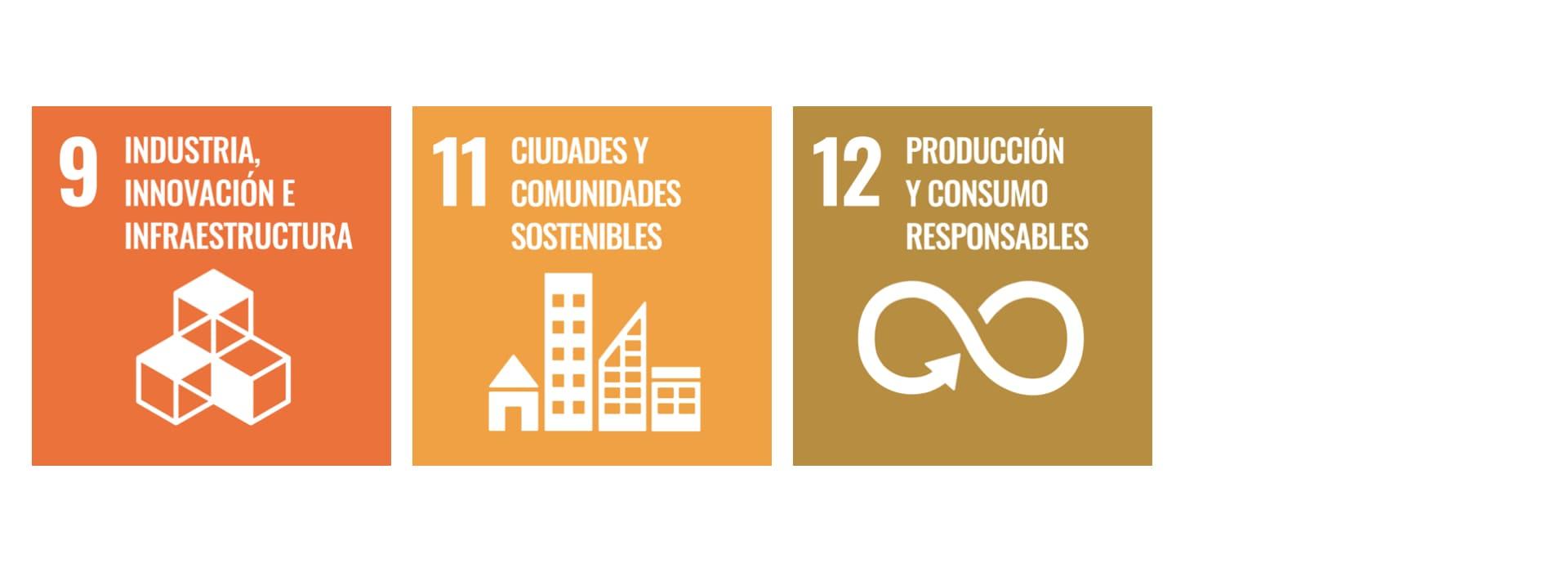Boar: "Digitization of public transport is required, but first we must improve the basic offer"
26 Octubre - 2021
More than half of the global population now lives in cities, a number that is expected to increase to two-thirds by 2050. According to research published in the journal Frontiers in Sustainable Cities, just 25 cities already produce more than half of all urban greenhouse gases worldwide. It should be borne in mind that, as Andrei Boar, professor in the Department of Finance, Accounting and Control at UPF Barcelona School of Management, pointed out in this article, "13% of global pollution comes from private vehicles, especially in large cities".
Ensuring sustainable mobility is one of the main global challenges to achieve climate neutrality by 2050, as required by the European Union. Data from the supranational entity show that cities account for 40% of total road transport and therefore have a fundamental role to play in achieving this objective.
Spanish Cabinet has approved the transfer of almost one billion euros to regions to decarbonize mobility and digitize transport
Last week, Spanish Cabinet approved the transfer of almost one billion euros to regions and cities during 2021 to "decarbonize mobility and digitize transport". The aim of this fund, as noted by the Ministry of Transport, Mobility and Urban Agenda, is to "transform our mobility to make it safer, more sustainable and connected". But is this capital injection enough? As part of World Cities Day, which is celebrated on October 31, we talked about it with UPF-BSM mobility and infrastructure expert Andrei Boar.
The post-Covid era presents an opportunity to rethink mobility in cities. What are the main challenges posed by this milestone?
The challenge is enormous: to place citizens at the center of cities designed for cars. We have to change the mentality, bearing in mind that resources are limited. However, in cities like Barcelona, where satisfaction with public transport is far from the European average, the priority must be to offer real mobility alternatives to avoid traffic jams in accessing the city.
What is the European funds earmarked for the Recovery Plan linked to transport and sustainable mobility?
This assistance comes entirely from European Union aid that aims to promote more sustainable cities through the creation of Low Emission Zones, the digitization of public transport and the creation of more bicycle lanes, among others.
T-Mobility has been tried to be implemented in Barcelona for six years and it is still not a reality. This formula accumulates an overrun of 37 million euros and the user is the one who suffers the consequences.
As you mentioned, one of the key players in achieving this goal is public transport. What role does it play?
Public transport is the cornerstone of the transformation of cities. The digitization of public transport, as envisaged by the European funds, is required, but first it is necessary to improve basic public transport. In Barcelona, for example, they have been trying to implement T-Mobility for six years and it is still not a reality. This formula has already accumulated a cost overrun of 37 million euros and, as usual, it is the user who suffers the effects of the continuous postponements.
What about Low Emission Zone (LEZ)?
The LEZ is here to stay in Barcelona. It has been useful to eliminate the traffic of older vehicles, but it has not had a direct effect on the most polluting emissions. The LEZ should not be implemented without an alternative public transport plan or tax incentives and aid for all those citizens who do not meet the conditions. It is hard to ask a family or a company to change their car or their fleet in order to be able to circulate in the city.
What is the future of the private vehicle?
In a society in which cars are used on a daily basis -according to the INE, there are nearly 25 million cars registered in Spain-, alternatives must be provided, taking into account the different territorial casuistry to reduce the use of private vehicles. In Europe there are already options such as Park&Ride: the vehicle is left in parking lots on the outskirts of the city and close to public transport, which can be used for a fee of between two and five euros a day. Barcelona is already starting to implement it, but the price of the pass is ten euros per day.
"LEZ should not be implemented without an alternative public transport plan or tax incentives. It is hard to ask a family or a company to change their car or fleet"
In large cities such as Barcelona or Madrid, is it feasible to speak of the "15-minute city" model, which aims to enable residents to reach everything they need in a quarter of an hour on foot or by bicycle?
Progress is being made in this direction, especially in Barcelona, but this mobility model should be complementary, never the main one, especially in cities as large as those mentioned above.
947 MEUR to be distributed by the Ministry of Transport, Mobility and Urban Agenda to the regions and cities are only foreseen for cities with more than 50,000 population. Is it enough?
The budget item will be useful for small projects, but the real effect will be very small. For reference, investments in Barcelona alone in bike lanes for the year 2021 had a cost of five million euros. It is a good opportunity to carry out projects that improve people's lives, but it leaves out other affected and also polluting sectors such as freight transport.
Indeed, freight transport and, specifically, last mile, which directly affects cities, is one of the great challenges in sustainability for logistics companies. What alternatives are there today?
The current options are natural gas as a fuel for urban distribution of freight or, in the not too distant future, hydrogen-powered vehicles. Electricity is out of the question, as it allows shorter distances to be covered. Another alternative is delivery from hubs, from where it is delivered to the end consumer within a short distance and can even be made by bicycle.
Sustainable alternatives for urban distribution of freight include natural gas as a fuel or hydrogen-powered vehicles
Transformation of the mobility model will have an impact on the production model as we have known it to date. What should we expect?
We should expect major transformations in companies. One of the pioneers is Ametller Origen, which has presented a sustainable and circular agro-park in the Penedès, where they will produce, transform and logistically treat part of their products. This project addresses one of the main difficulties of today's logistics: the last mile.

